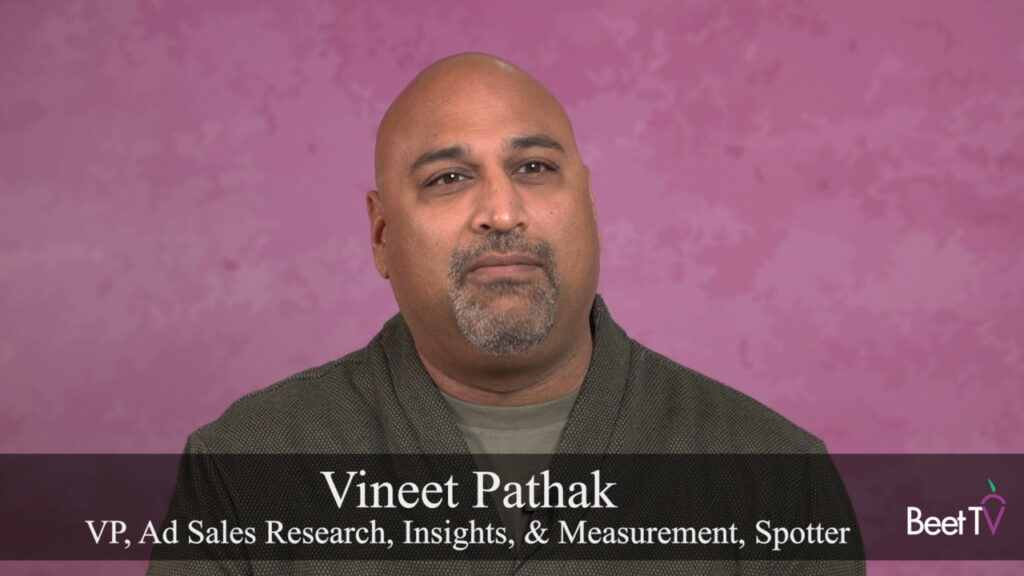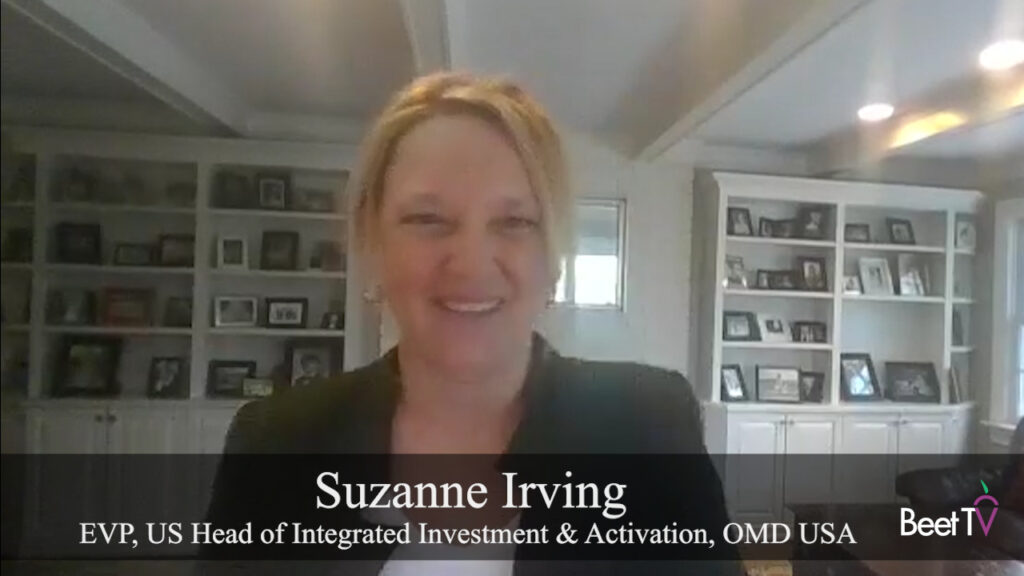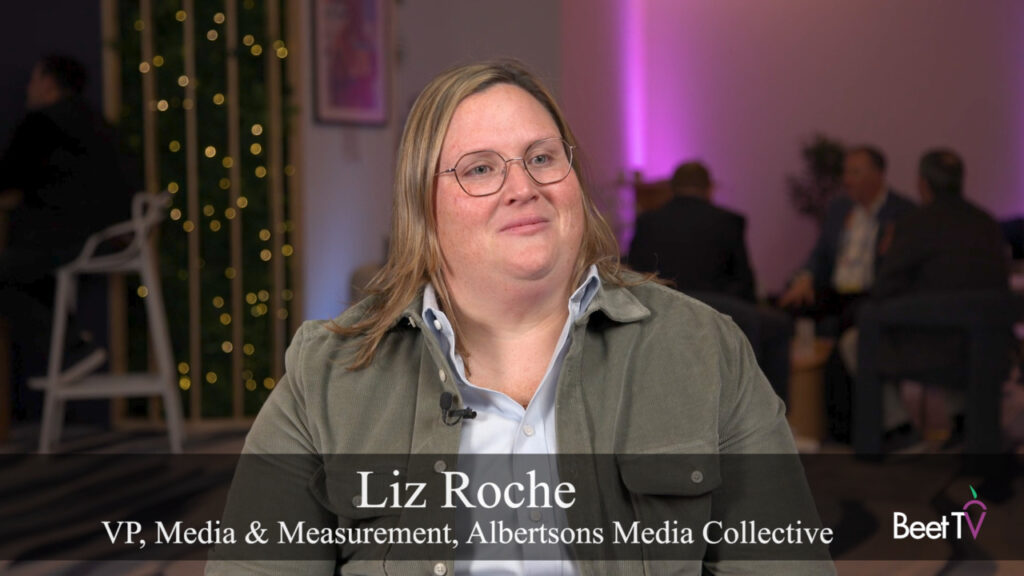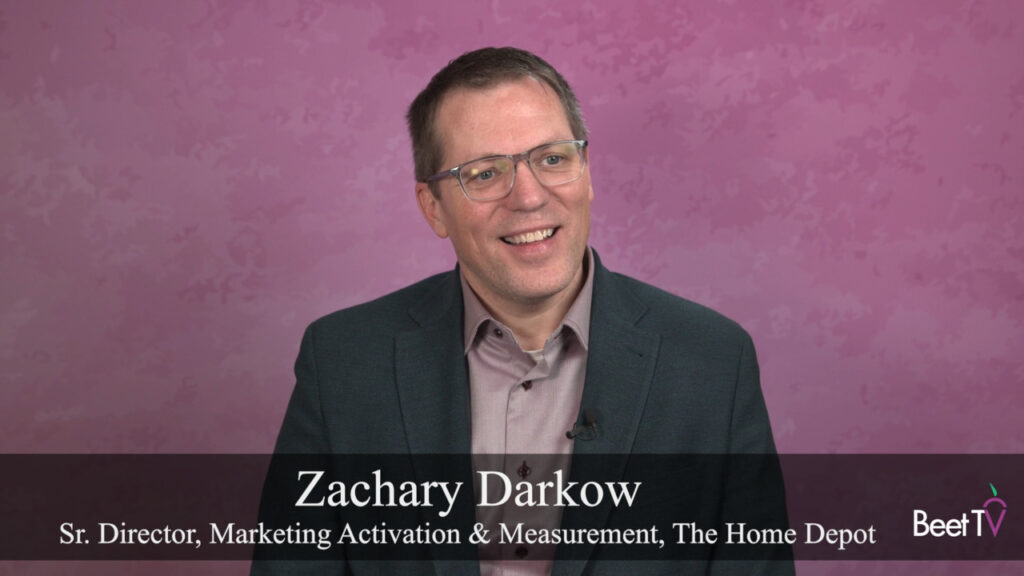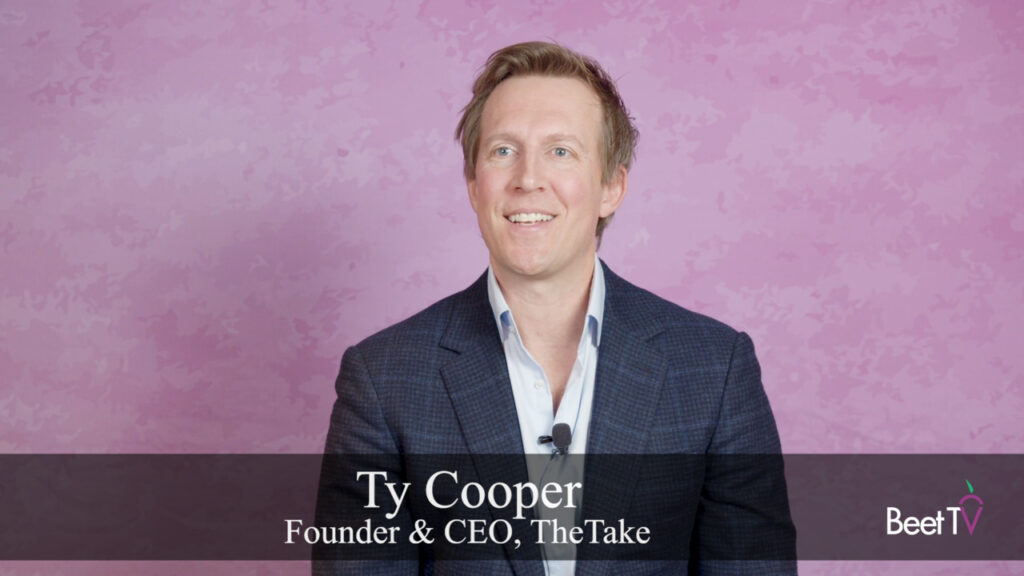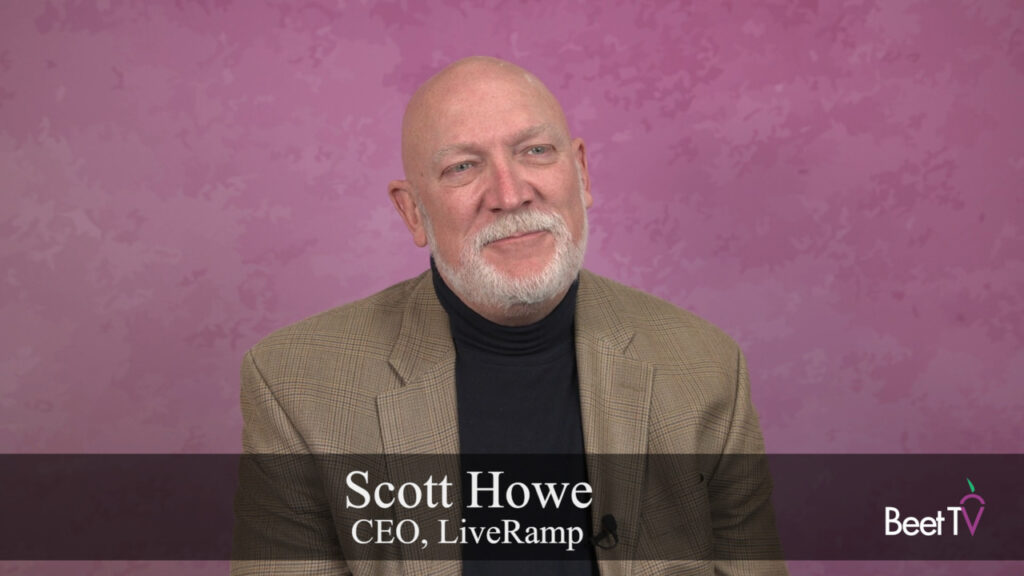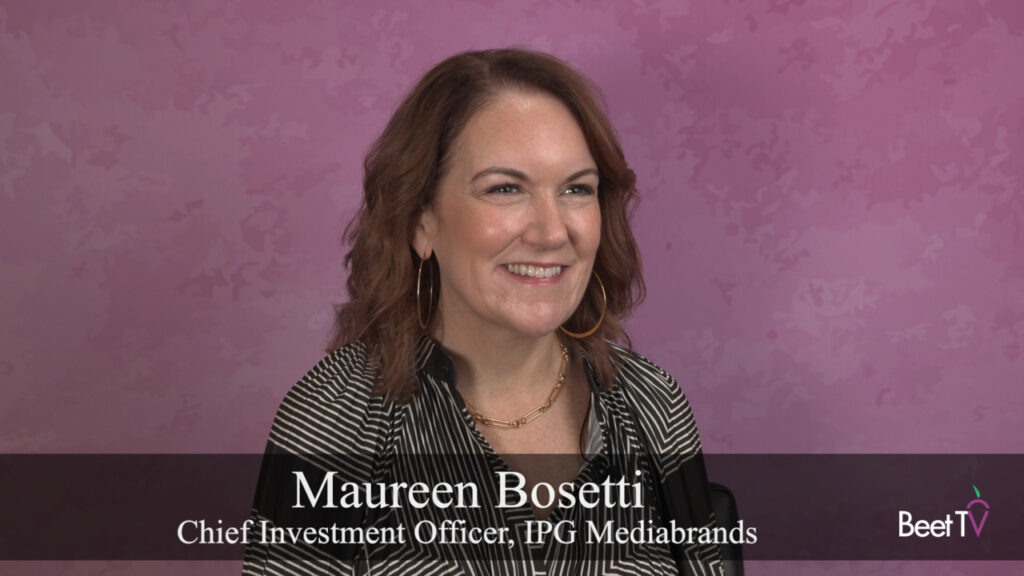Having veered into negative territory over the past few years, the pendulum of industry discourse about digital video is swinging back to positive. And while there’s work to be done to streamline the planning and execution of premium video advertising, more marketers now have a deeper understanding of the benefits of being in its brand-safe environments.
These are some of the views that emerge from the vantage point of James Rooke, GM, Publisher Platform at premium video provider FreeWheel, who has long had a close-up view of the digital video landscape.
Asked to identify a major change in the marketplace year over year, Rooke says “One is that the pendulum that’s been swinging back to premium video is accelerating in the direction that the premium video companies want. So that’s a good thing.”
Looking back a few years, he recalls the revelations of fraud within certain ad networks and a resulting pullback of advertising dollars and relocation to safer environments. More recently, some digital video ads have appeared alongside objectionable content, much of it user-generated.
“That has now evolved into a deeper understanding of the depth of challenge of ensuring brand safety,” along with a rise in the recognition of the positive impact for advertisers that premium video content has on viewer engagement with ad messages.
Asked gauge the ultimate impact of Nielsen’s Total Content Ratings, Rooke sees it not as a silver bullet but one step in a positive direction. That’s because going forward, more precise audience targeting will naturally result in a “mosaic” of audience measurement metrics.
Because audiences may be targeted using proprietary first party datasets of a brand marketer, “there isn’t necessarily the need in that instance to have different types of measurement,” Rooke says. He also points to the “leadership that the programmers have been taking” in advanced audience targeting, citing the OpenAP consortium of Fox, Turner and Viacom.
“I think those are really important signals that the premium video ecosystem understands that it needs to move toward a model that gives greater options to the buy-side in terms of how that inventory is bought,” Rooke says.
He brings a similarly granular and realistic perspective to addressable advertising. “The reality as I think we all know is that it’s still a very nascent topic.”
FreeWheel’s clients need to unify their quality reach across not just digital video but set-top box, video-on-demand inventory and, ultimately, linear inventory. “What we’re being asked to solve for is ‘enable me to plan, forecast, ad decision, steward, optimize across a unified pool of inventory’ where the screen is simply an end point,” says Rooke.
The second “layer of the cake” in Rooke’s words is enabling the sell-side to be able to “execute on that unified pool of quality inventory against any dataset that they choose.” While it’s still in the early stages, “those are the proof points that need to get put on the board and I think that’s going to be beneficial obviously not just for the sell-side but for the buy-side.”
This segment is part of a series leading up to the 2017 TV Upfront. It is presented by FreeWheel. To find more videos from the series, please visit this page.








